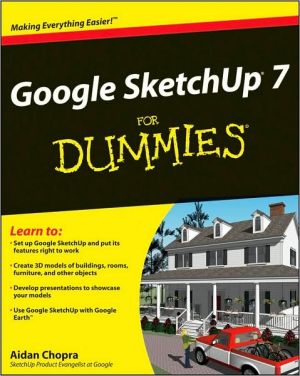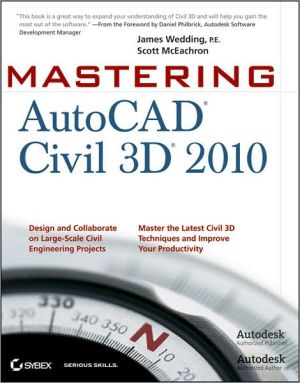Antenna Engineering Using Physical Optics
Spend less time setting up complex antenna design problems and improve the accuracy of your results with this practical new book and software package. It shows you how to combine physical optics modeling techniques with the free space dyadic Green's function to quickly and easily calculate antenna patterns and diffraction from nearby objects, letting your PC do the specialized math for you.
Search in google:
Spend less time setting up complex antenna design problems and improve the accuracy of your results with this practical new book and software package. It shows you how to combine physical optics modeling techniques with the free space dyadic Green's function to quickly and easily calculate antenna patterns and diffraction from nearby objects, letting your PC do the specialized math for you. Accompanying software created in MATLAB® and traditional FORTRAN code shows you how to apply basic routines so you can focus more time on the actual solution of antenna radiation problems. The book includes detailed examples showing you how to string the subroutines together for fast, accurate analysis of multiple reflector antennas, radomes, lenses, RCS of simple surfaces, microstrip arrays, and more. Packed with 100 illustrations and more than 120 equations, this hands-on guide is essential reading for all antenna design engineers who need powerful, versatile techniques to solve antenna radiation problems and who want to avoid complicated and potentially inaccurate math. Booknews An examination of the field, with an eye toward a competitive environment where speed and efficiency are as vital as accuracy, allowing analysis with a minimum of engineering time. Topics include propagation, arrays and small antenna elements, apertures, diffraction, reflector antennas, and radar cross-section. Appendices contain mathematical identities, FORTRAN routines and subroutines, MATLAB coordinate rotations, an index to FORTRAN and C routines, an index to inputs and outputs to FORTRAN and C routines, and a MATLAB file index. Annotation c. Book News, Inc., Portland, OR (booknews.com)
PrefaceCh. 1Overview1Ch. 2Propagation15Ch. 3Arrays and Small Antenna Elements53Ch. 4Apertures105Ch. 5Diffraction155Ch. 6Reflector Antennas193Ch. 7Radar Cross-Section249App. AMathematical Identities and Notes on Dyadic Green's Functions269App. BFORTRAN Subroutines Called in Chapter 2273App. CFORTRAN Subroutines Called in Chapter 5285App. DMATLAB Coordinate Rotations287App. EFORTRAN Subroutines for Arbitrary Rim Shapes Using Blockage Functions289App. FFORTRAN Routines for Feeds Using Pattern Approximations291App. GFORTRAN Routines Using Measured Feed Pattern293App. HIndex to Fortran and C Routines295App. IIndex of Inputs and Outputs to Fortran and C Routines303App. JMATLAB File Index327About the Authors331Index333
\ BooknewsAn examination of the field, with an eye toward a competitive environment where speed and efficiency are as vital as accuracy, allowing analysis with a minimum of engineering time. Topics include propagation, arrays and small antenna elements, apertures, diffraction, reflector antennas, and radar cross-section. Appendices contain mathematical identities, FORTRAN routines and subroutines, MATLAB coordinate rotations, an index to FORTRAN and C routines, an index to inputs and outputs to FORTRAN and C routines, and a MATLAB file index. Annotation c. Book News, Inc., Portland, OR (booknews.com)\ \
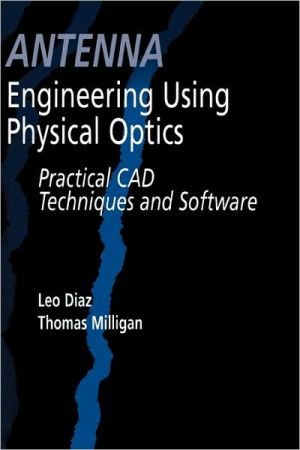
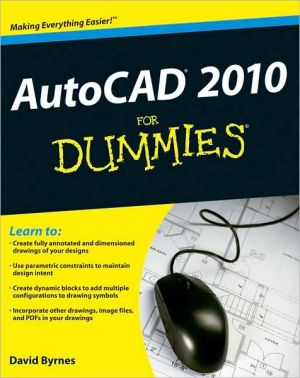

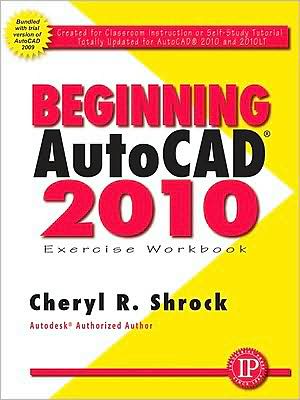
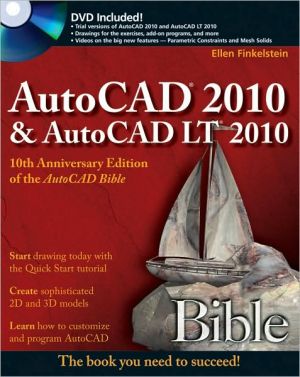
![Mastering AutoCAD 2010 and AutoCAD LT 2010 [With DVD ROM] Mastering AutoCAD 2010 and AutoCAD LT 2010 [With DVD ROM]](/application/data/covers/60/32/9780470466032.jpg)

